- Home
- Articles
- Architectural Portfolio
- Architectral Presentation
- Inspirational Stories
- Architecture News
- Visualization
- BIM Industry
- Facade Design
- Parametric Design
- Career
- Landscape Architecture
- Construction
- Artificial Intelligence
- Sketching
- Design Softwares
- Diagrams
- Writing
- Architectural Tips
- Sustainability
- Courses
- Concept
- Technology
- History & Heritage
- Future of Architecture
- Guides & How-To
- Art & Culture
- Projects
- Interior Design
- Competitions
- Jobs
- Store
- Tools
- More
- Home
- Articles
- Architectural Portfolio
- Architectral Presentation
- Inspirational Stories
- Architecture News
- Visualization
- BIM Industry
- Facade Design
- Parametric Design
- Career
- Landscape Architecture
- Construction
- Artificial Intelligence
- Sketching
- Design Softwares
- Diagrams
- Writing
- Architectural Tips
- Sustainability
- Courses
- Concept
- Technology
- History & Heritage
- Future of Architecture
- Guides & How-To
- Art & Culture
- Projects
- Interior Design
- Competitions
- Jobs
- Store
- Tools
- More
Playgrounds for the Future: Designing Through Childrens Eyes
Design future-ready playgrounds through children’s eyes. Learn what kids value—curiosity, exploration, autonomy, and social connection—and how to translate insights via co-design, observation, and prototyping. Embrace inclusive, nature-rich, sustainable materials, with safety and maintenance that support accessible, beloved community spaces.
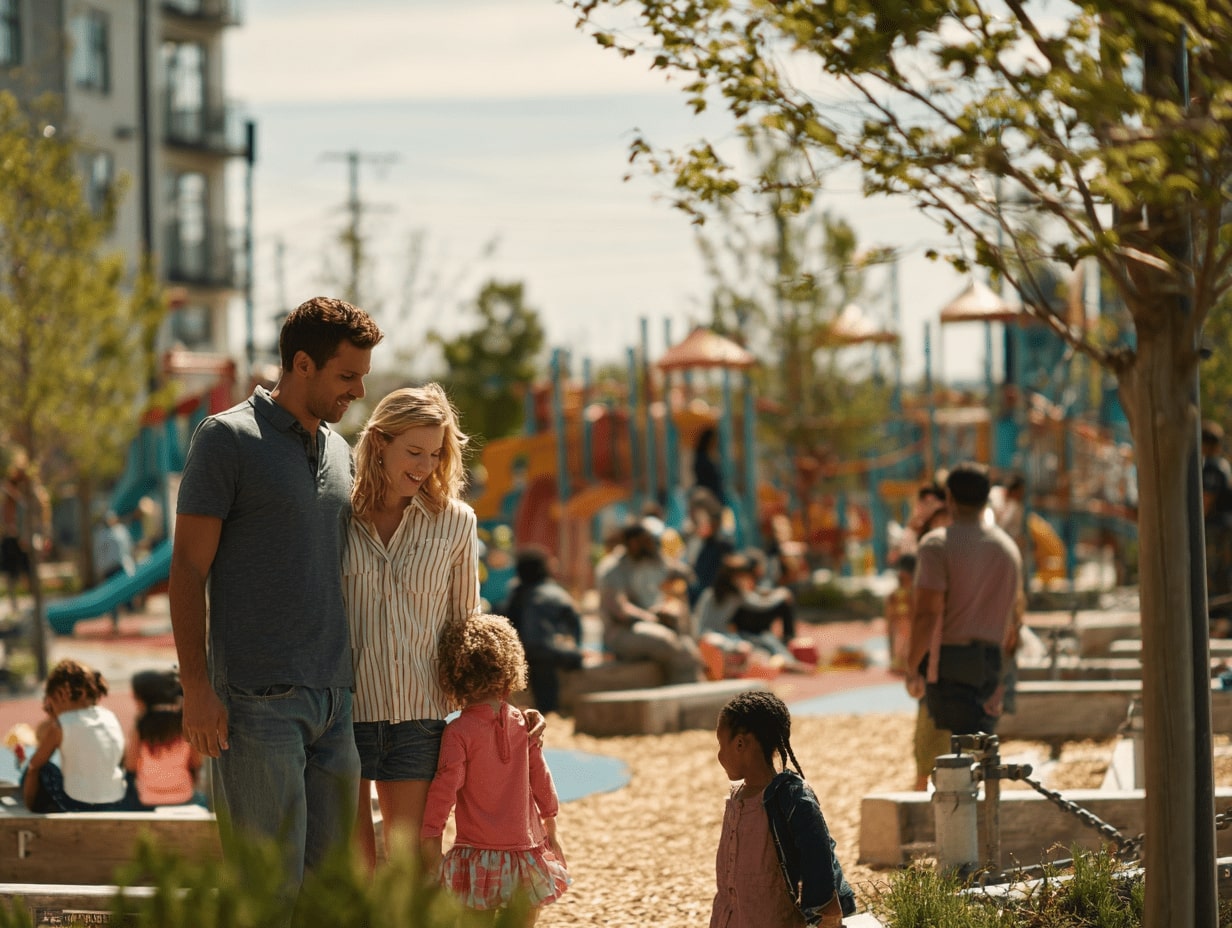
If we want truly great play spaces, we have to start by seeing the world the way kids do, mud on our shoes, wonder in our pockets. When we talk about “playgrounds for the future designing through childrens eyes,” we’re really talking about re-centering design on curiosity, autonomy, and equity. Below, we share how we translate kid wisdom into real places that are beautiful, durable, and beloved by communities.
Table of Contents
ToggleWhat Children Value In Play Environments

Curiosity, Challenge, And Choice
Kids aren’t asking for more stuff: they’re asking for more possibilities. When we interview children, they talk about “secret paths,” “ways to figure it out,” and “different levels.” That translates into layered challenges: climbable nets with branching routes, slopes that can be crawled, rolled, or slid, and small decisions at every turn. Choice fuels longer dwell time and deeper engagement.
Social Connection And Belonging
Play is how friendships form, and how differences get normalized. We prioritize hubs where routes converge, generous platforms for group play, and “shoulder-to-shoulder” activities (like cooperative spinners or musical panels) that make joining in low-pressure. Clear sightlines help kids find each other, while varied seating (stoops, boulders, hammocks) turns caregivers into comfortable co-conspirators rather than sideline referees.
Autonomy And Imagination
The best play prompts, it doesn’t prescribe. Loose parts, sand and water, chalk-friendly surfaces, and open-ended structures let kids turn a hill into a fortress or a market in five minutes flat. Wayfinding designed at kid eye height, icons, color bands, gives a sense of independence. And yes, small nooks matter: a tiny perch can feel like a kingdom when you’re six.
Turning Kid Insights Into Design Decisions

Co-Design Workshops And Sketching
We run short, playful sessions at schools and libraries with quick prompts: “Draw your dream climb,” “Invent a game that only uses shadows.” We cluster the sketches to spot patterns, routes, textures, themes, then convert them into design criteria: e.g., “at least three ways up,” “one quiet zone per 30 feet,” “water you can move.” Kids see their fingerprints in the final space, and that pride shows up in stewardship.
Play Observation And Journey Mapping
Before we design, we watch. We map how kids enter, where they pause, what they avoid, and who gets left out. Journey maps reveal friction: a stroller choke point, a scary blind corner, a popular shade spot with no seating. Those insights drive layout choices, adding pass-throughs, widening entries, or swapping a seldom-used feature for something powerfully social, like a group swing.
Rapid Prototyping And On-Site Testing
Cardboard, rope, chalk, and a Saturday morning can tell us more than a month of debate. We mark routes, mock up heights, and invite kids to try ideas in real scale. Quick feedback, “too wobbly,” “make it spin faster,” “I need a rest step here”, sharpens the details. We iterate until we see flow, smiles, and repeat attempts.
Inclusive By Default, For All Bodies And Brains
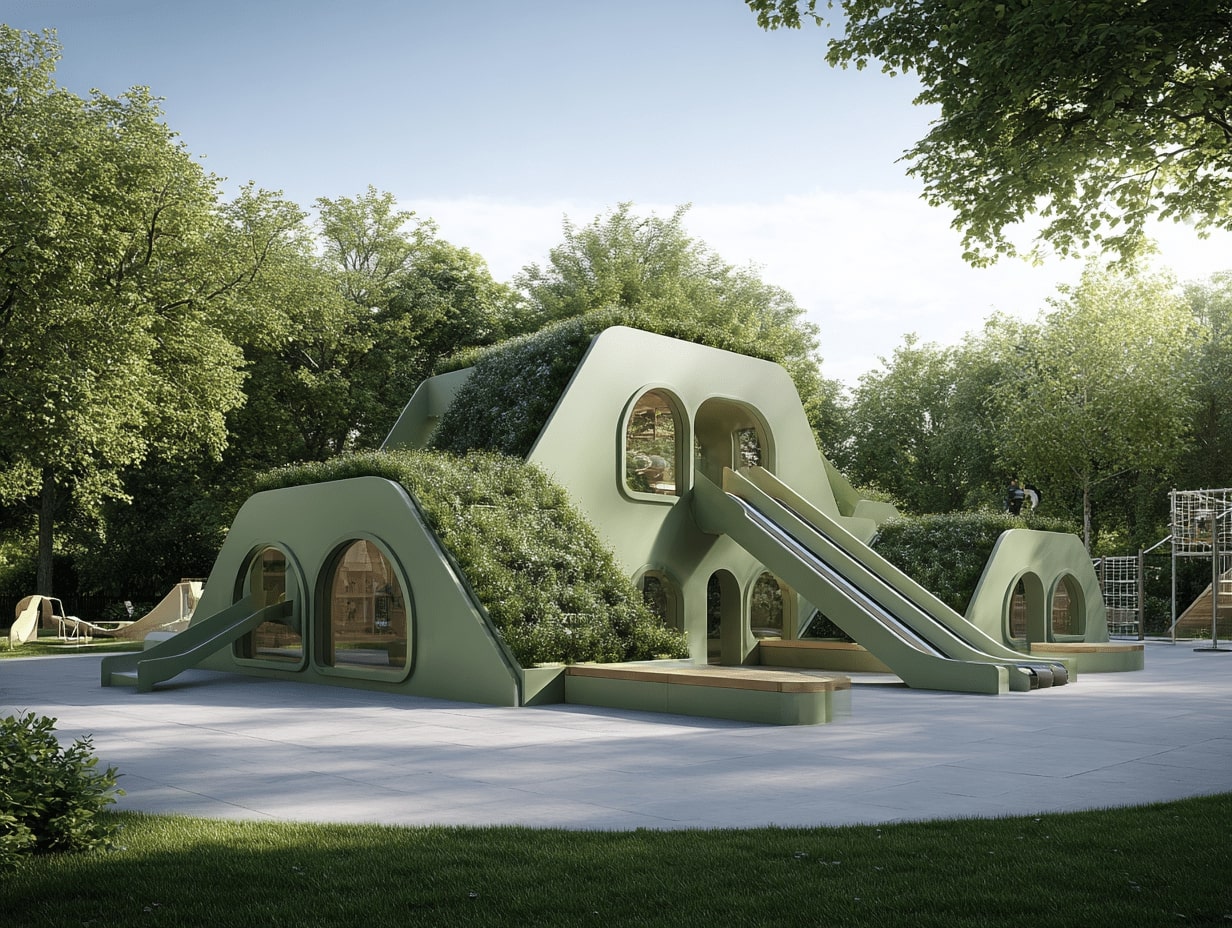
Physical Access Beyond Minimum Compliance
Meeting code is a floor, not a ceiling. We design continuous accessible loops, transfer-free routes to the fun, and ramped experiences that are actually exciting. Tactile edges, resting pull-offs, and turning radii that welcome mobility devices ensure everyone can participate, not just spectate.
Sensory-Friendly And Neuroinclusive Features
Varied sensory zones, lively areas for spinning and climbing: calm corners with gentle movement and muffled sound, let kids self-regulate. We add predictable patterns, clear pictograms, non-glare finishes, and optional noise-dampening elements. Simple tools like color coding for difficulty help kids choose challenge without anxiety.
Culturally Responsive And Gender-Neutral Play
Themes and stories should reflect the neighborhood, not a catalog. We co-create place markers, local flora, languages, histories, and avoid coding equipment by gender. Flexible roles (cooperative games, imaginative stations) encourage mixed-age, mixed-ability play where everyone can lead.
Nature, Sustainability, And Thoughtful Tech
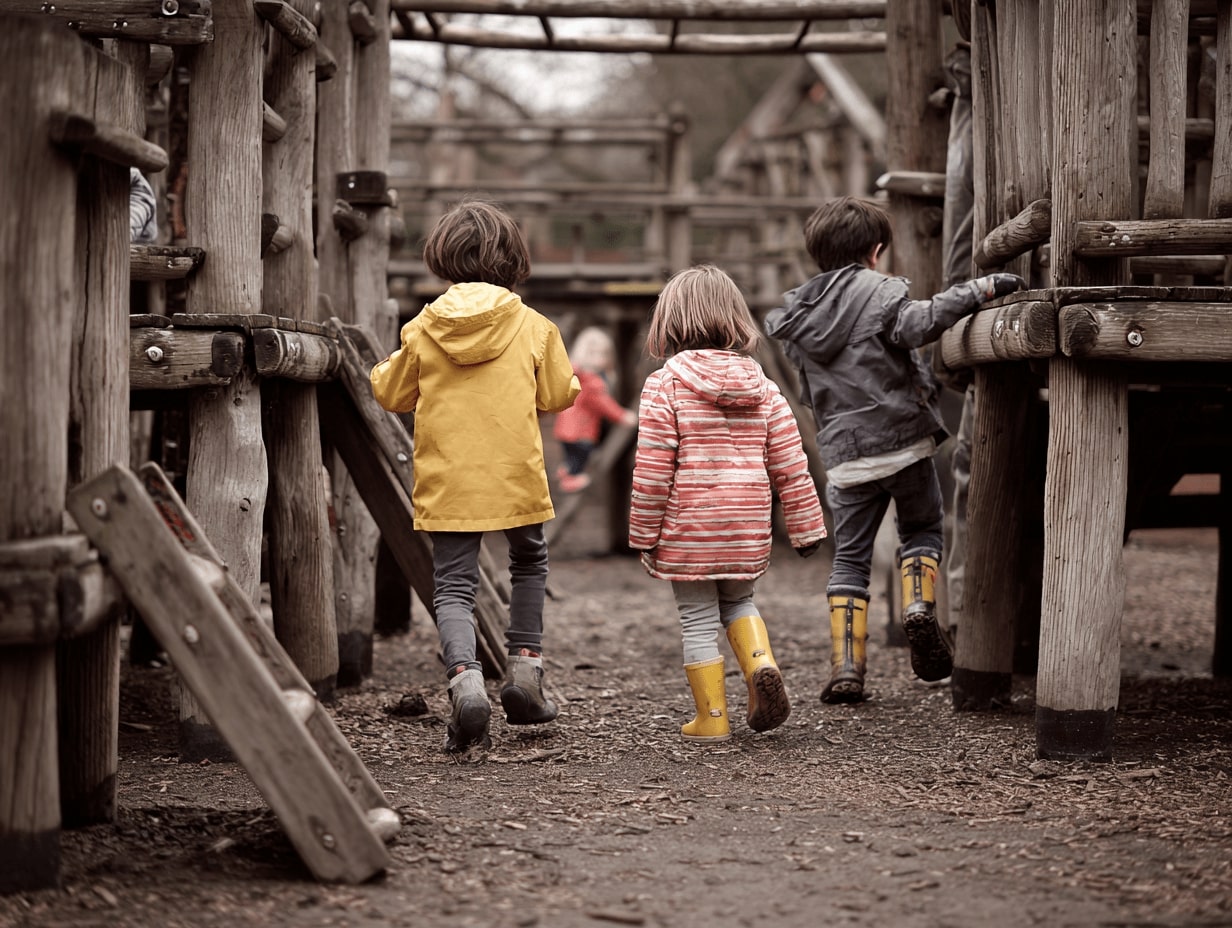
Nature-Rich, Open-Ended Play Elements
Planting that invites touch and smell, climbable boulders, logs, water rills, and topography do more than look nice: they spark complex, repeatable play. Seasonal change keeps the experience fresh, fall leaves become currency: spring puddles become labs.
Durable, Low-Carbon Materials And Waterwise Design
We favor FSC-certified timber, recycled HDPE, and low-carbon concrete. Permeable surfacing, bioswales, and timed water features cut runoff and waste. Shade trees and high-albedo materials make summer play viable without blasting AC.
Interactive Tech That Augments, Not Dominates
We use tech sparingly to extend curiosity: sensors that trigger sound when you jump a gap, or an app-free AR trail that reveals local stories through simple markers. If the power goes out, the playground still works, that’s our litmus test.
Safety Without Sterility

Risk-Benefit Assessments And Graduated Challenge
Kids need manageable risk to learn judgment. We design “choose-your-challenge” routes, easy, moderate, spicy, within standards, and document the benefits (balance, problem-solving) alongside risks. The goal: skinned-knee learning, not preventable harm.
Standards, Maintenance, And Vandal-Resistant Details
We align with ASTM/CPSC guidance and design for care: hardware that’s inspectable, finishes that hide scuffs, and components that can be replaced without special tools. Tamper-resistant fasteners, recessed fixings, and etched graphics deter graffiti and pry attempts.
Visibility, Shade, And Caregiver Comfort
Good supervision is a design feature. Clear sightlines, layered shade (trees, canopies), and comfortable seating at multiple vantage points keep adults present longer. Add bottle fillers, stroller parking, and dusk lighting, and you extend safe play windows.
Measuring Impact And Iterating With The Community

Metrics: Dwell Time, Revisit Rates, And Equity Of Use
We track how long families stay, how often they return, and who uses what. Equity of use matters: if one feature is dominated by a narrow age group or one gender, we tweak design or programming to rebalance.
Stewardship Models And Participatory Maintenance
Friends-of-the-park groups, teen play ambassadors, and “fix-it days” keep spaces vibrant. When the neighborhood helps set norms, quiet hours, shared tools, litter swaps, maintenance costs drop and pride rises.
Post-Occupancy Reviews And Continuous Improvement
Six and twelve months after opening, we host walk-throughs to gather what’s working and what’s not. Small moves, adding a shade sail, swapping a surface, retuning a sensor, can unlock big gains. Future projects benefit from the lessons, closing the loop.
Conclusion
Designing playgrounds for the future through childrens eyes isn’t a slogan: it’s a practice. When we listen closely, prototype quickly, and measure honestly, we build places that kids claim as their own, and that communities care for. The north star is simple: more curiosity, more belonging, fewer barriers. The rest is just good design, done with humility and joy.
- child-centered playgrounds
- creative playground solutions
- custom playground design
- designing playgrounds for kids
- eco-friendly playground materials
- engaging playground activities
- future playground concepts
- futuristic playground design
- inclusive playground design
- innovative playground structures
- interactive playground design
- modern playground equipment
- play area design for schools
- playground accessibility features
- playground architecture trends
- playground design with children in mind
- playground equipment suppliers
- playground innovation ideas
- playground safety standards
- sustainable playground construction
- unique playground ideas
Submit your architectural projects
Follow these steps for submission your project. Submission FormLatest Posts
Copenhagen Named the Happiest City in the World in 2025
Copenhagen has been named the happiest city in the world in 2025...
Frank Gehry’s Transformative Ideas in Urban Design
Frank Gehry’s influence extends far beyond expressive architecture; his ideas have reshaped...
Architecture as Infrastructure: Designing Beyond Buildings
Architecture as infrastructure reframes cities as systems—flows, lifecycles, and value. Explore resilient...
Designing for Emotional Urbanism: How We Shape Cities People Actually Feel Good In
Emotional Urbanism: a practical guide to design that reduces stress, boosts dwell...


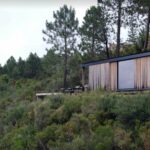
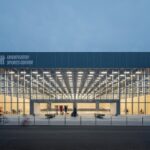
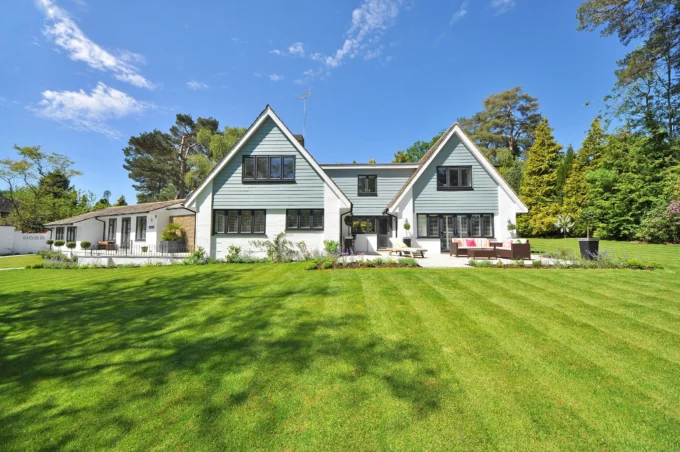

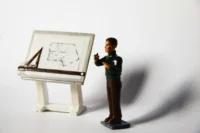

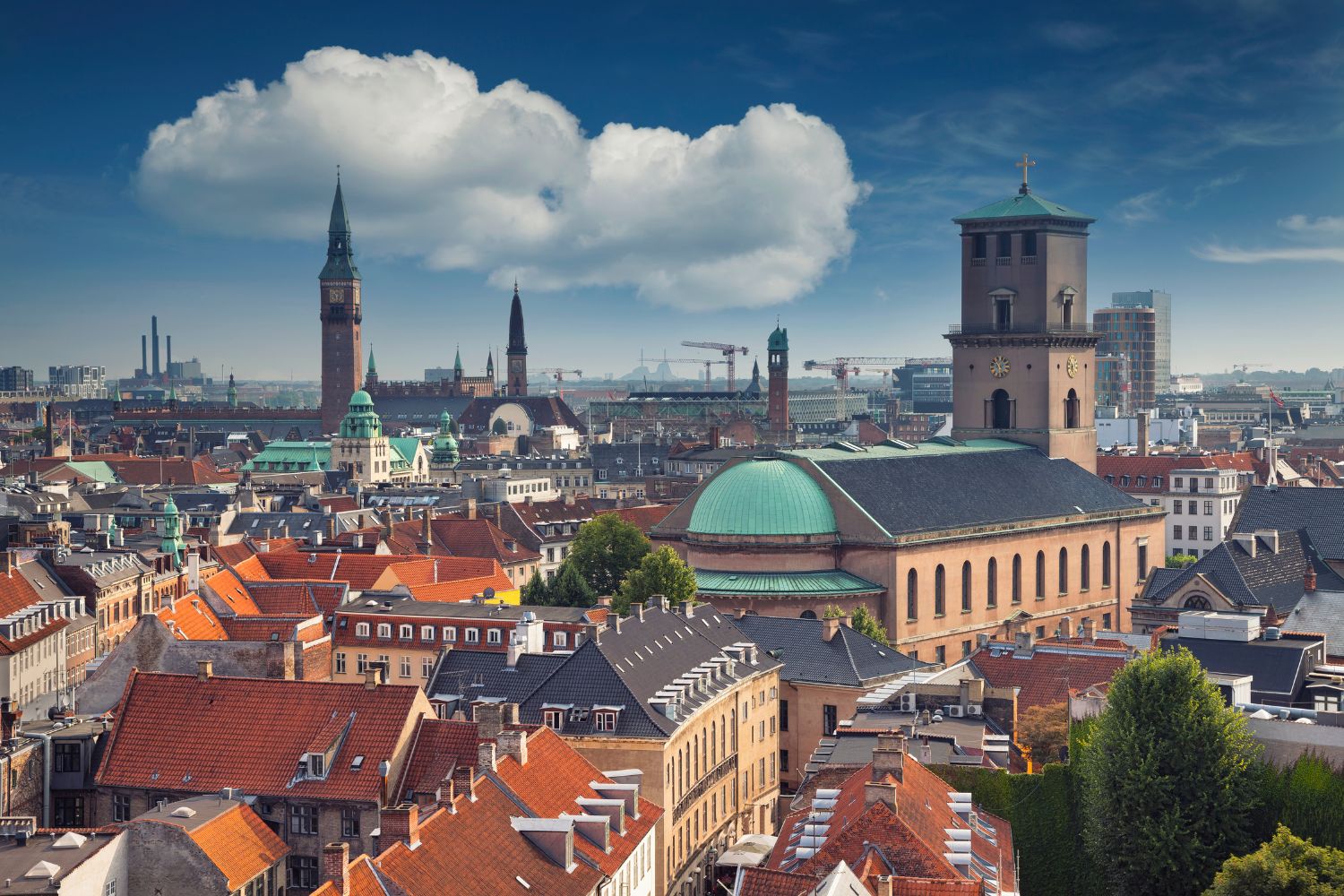

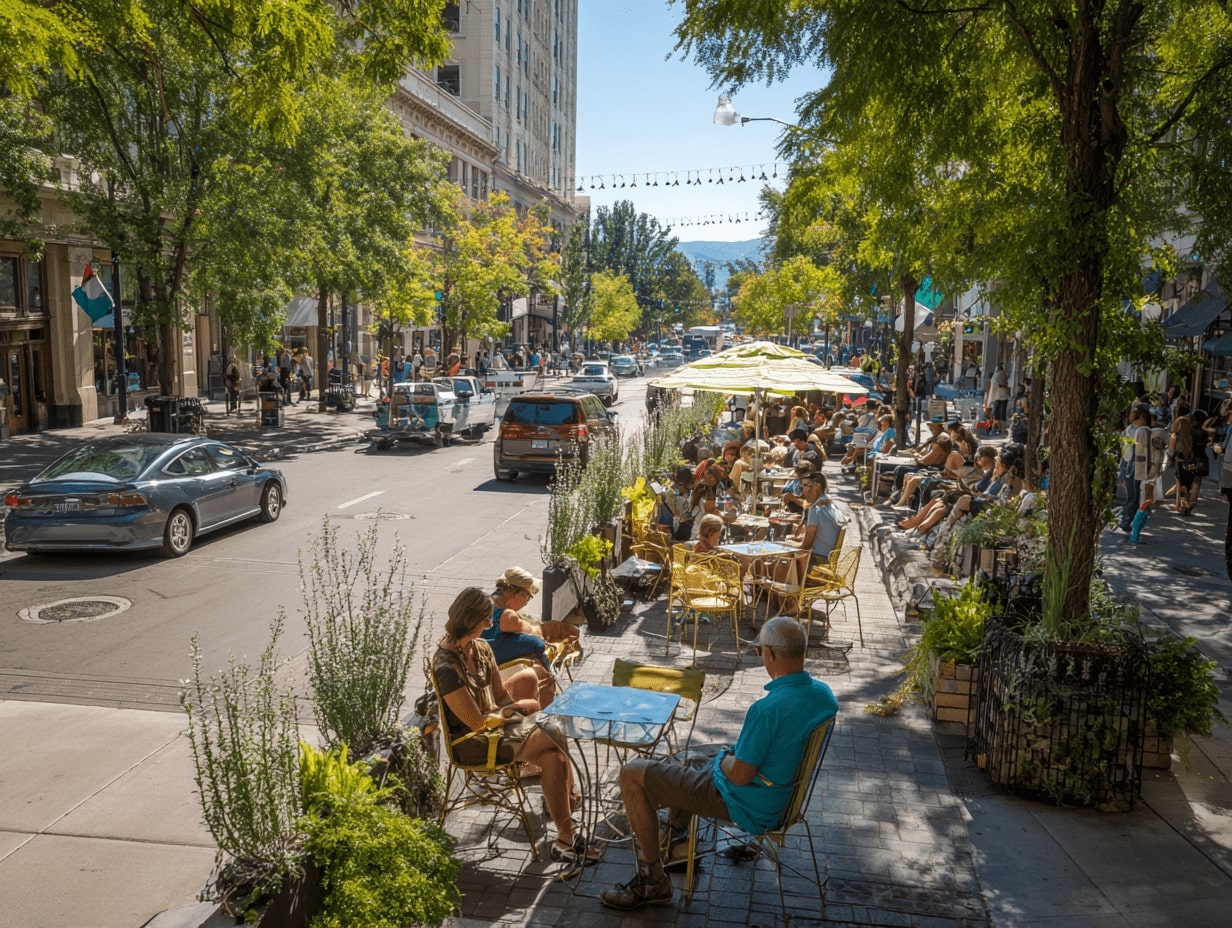
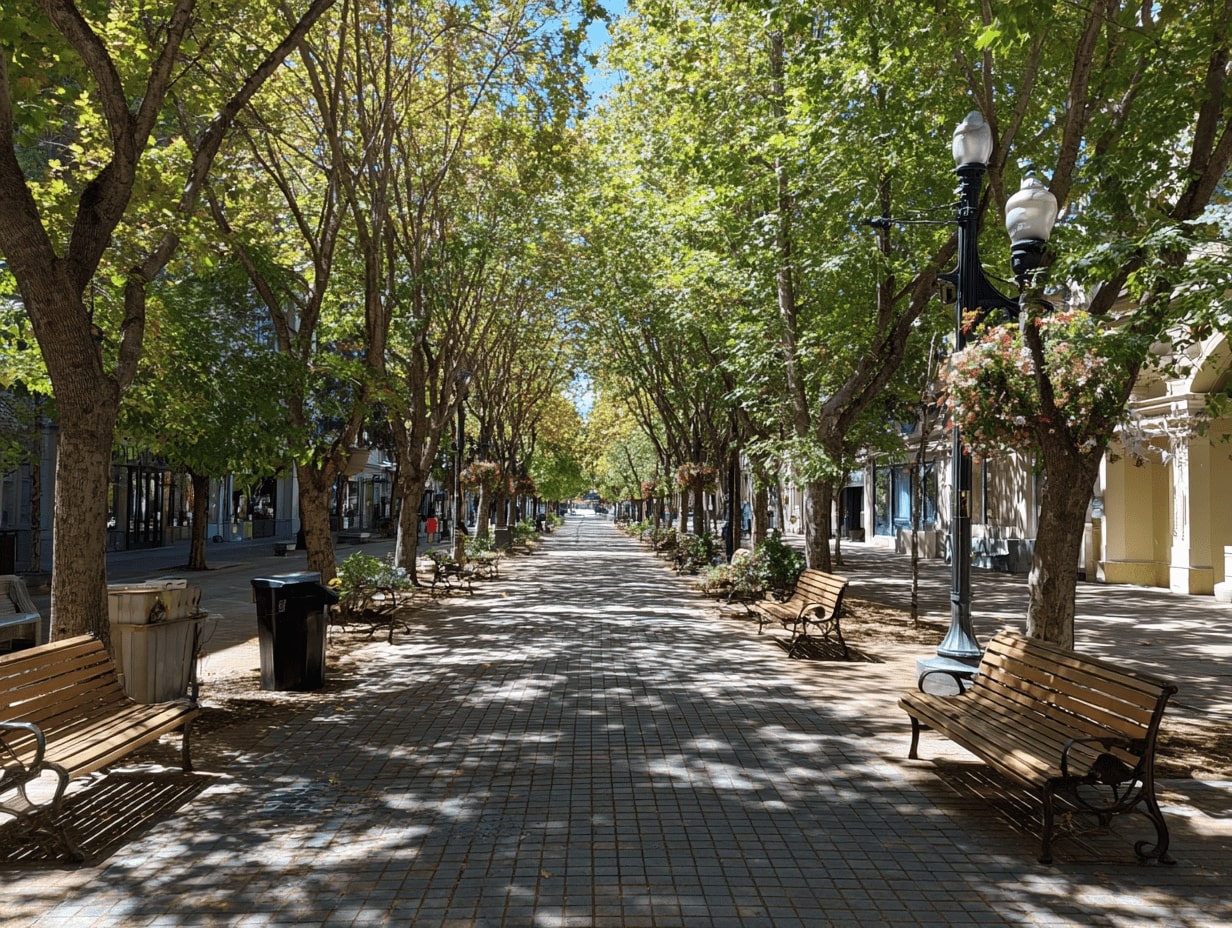
Leave a comment